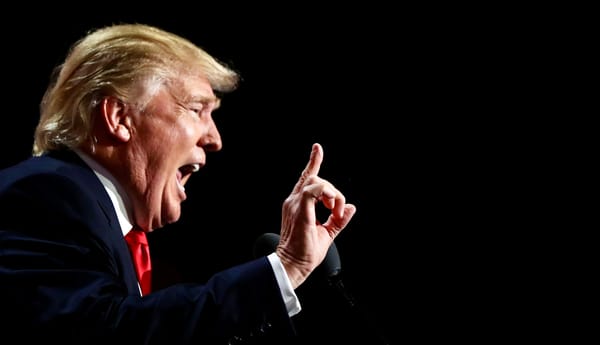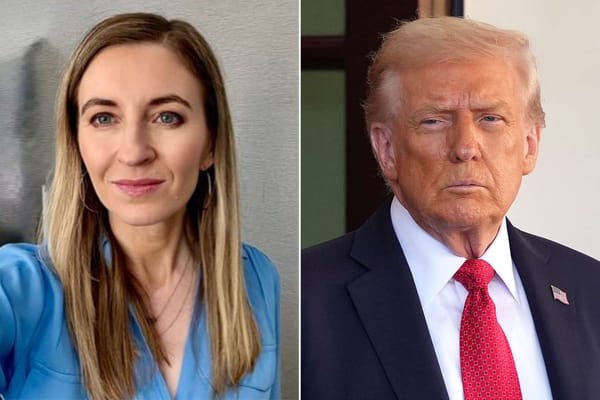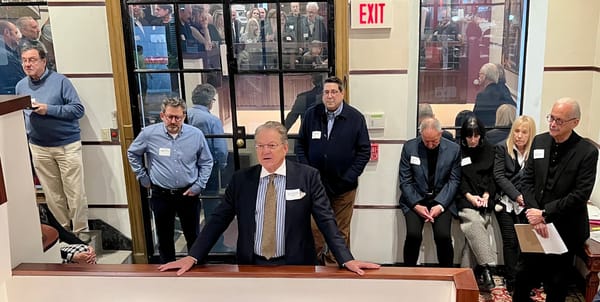It’s back to deep blues for Philly cops
Sooooo, if we know the light blue color has positive vibes, why would PPD change it?
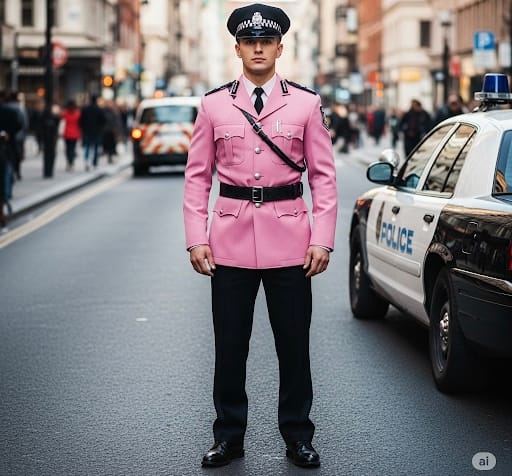
Philadelphia police are getting the blues.
Darker blues, replacing the baby blue shirt color they have worn since the 1970’s.
I don’t know whose idea the baby blues was, nor do I know who is behind the current rewrite, from an Inquirer story that was otherwise very detailed.
Not a word about whose idea it was. More of that in a moment.
One point in the story struck me as quite strange.
When it comes to how the public reacts to various uniform colors, research has been done.
“In a 2005 study, for instance,” the Inquirer reported, respondents rated “the PPD’s current uniform — as ‘good,’ ‘friendly,’ and ‘honest.’ There was no option involving navy tops and bottoms, but the lowest-rated combination was all-black.”
Sooooo, if we know the light blue color has positive vibes, why would PPD change it?
Sgt. Eric Gripp — a great cop name, I’ve always thought — had an answer.
“While the lighter colors can project approachability,” he said, “darker uniforms tend to convey professionalism, confidence, and stability.”
Fair enough. So whose idea was it, to project professionalism, confidence, and stability?
When I emailed that question to police public affairs, they professionally responded quickly, with several paragraphs of the original press release.
It did not answer my question about whose idea it was. Was it Police Commissioner Kevin Bethel, who was not mentioned once in the long Inky story? Was it Mayor Cherelle Parker, who was mentioned in connection with providing $1.3 million for the new uniforms? Was it the police fashion police?
“Victory has a thousand fathers,” said John F. Kennedy, “but defeat is an orphan.”
Well, some would find that kind of mancentric, or sexist, for choosing “fathers” rather than “parents,” but I am not here to split heirs.
If it’s a good policy, why will no one take credit for it? Does the father parent feel that maybe it’s not so hot? Or perhaps the decision was made by a committee. Even then, PPD could name the committee and its members.
I’m not trying to make a big megillah out of this, but it is curious, and on a hot day, I don’t want to be too serious.
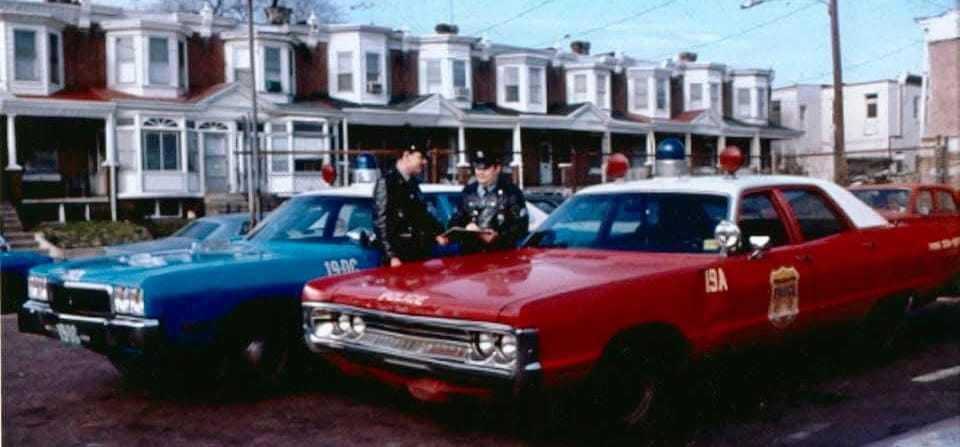
If we step into the Way Back Machine — remember when Philadelphia police cars were red with a white roof? You have to be pretty senior to remember when many Philadelphians said “red car” instead of “squad car” or “patrol car.”
I can easily tell you who ordered the change from red to blue: Frank L. Rizzo.
From the Philly History blog:
Even though he despised the color, as long as Frank Rizzo carried a badge the patrol cars of the Philadelphia Police were lipstick red. Rizzo snapped at officers who spoke of them as “red cars” and one can only imagine what he said when he heard them referred to as “rotten tomatoes” or “red devils.”
As soon as Rizzo rose to the position of police commissioner in 1967, he announced a plan to replace the red with a less strident blue and white. But Mayor James H. J. Tate made it clear: such decisions were above Rizzo’s pay grade. Traditional red would reign five more years.
The order came down Tuesday January 4, 1972—Rizzo’s first full day as mayor.
I remember Rizzo saying, which seemed unusual for a man with a reputation as having a hard crust, he thought red was too excitable a color, and chose blue which he thought to be a calmer color.
So we know why we have blue police cars, but we don’t know why — or, really who — wanted police shirts switched back to their former midnight blue color.
Maybe I’ll submit this to “Unsolved Mysteries.”
